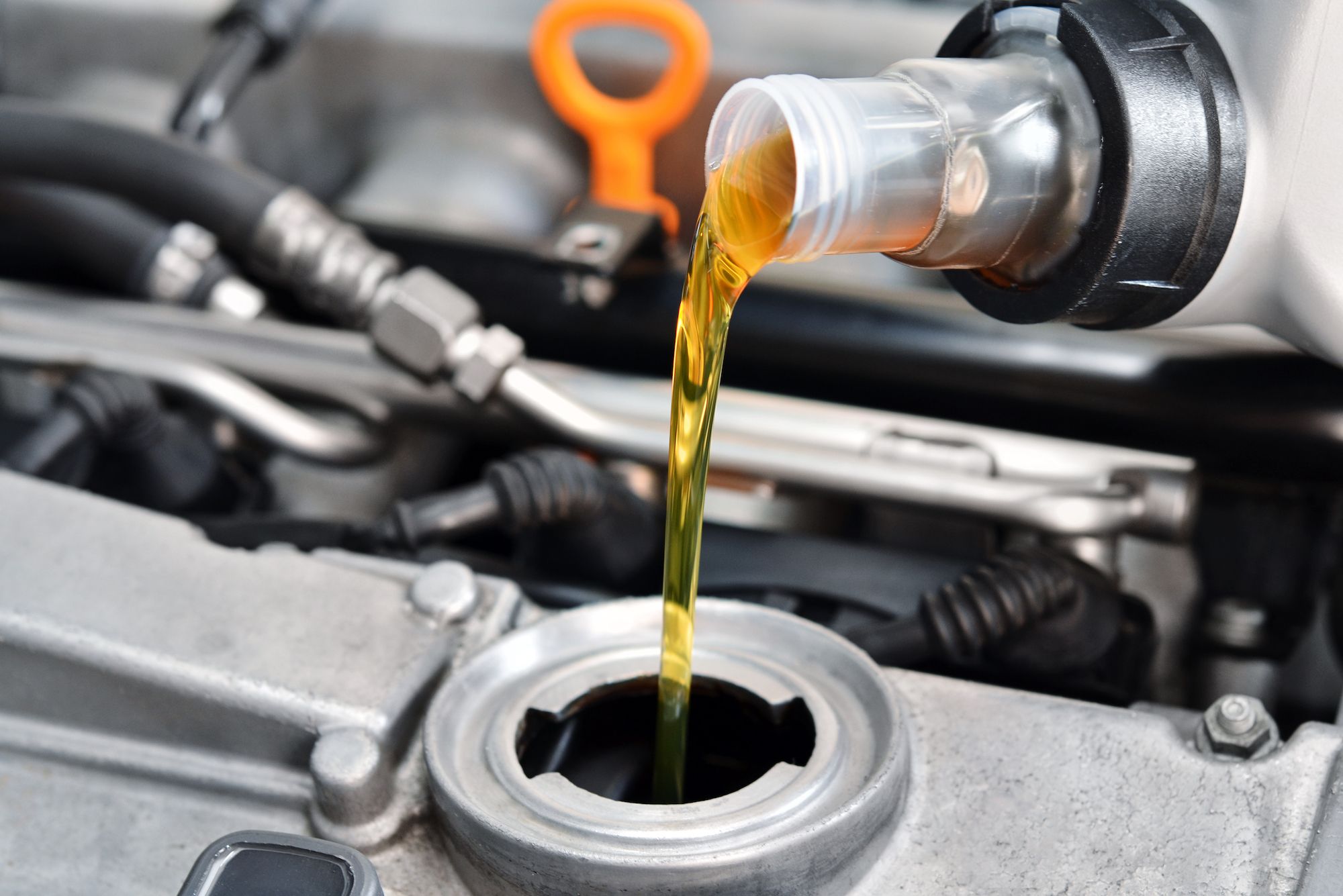All Categories
Featured
Your vehicle's shock absorber is an essential part that improves your driving experience by supplying convenience, control, and stability. In time, damage on this system can compromise your automobile's safety and efficiency. By adopting appropriate maintenance practices, you can expand the life of your suspension and prevent expensive fixings. Here's a detailed guide to keeping your shock absorber in excellent shape.
![]()
Leaking Liquid: Oil around the struts or shocks shows they may require substitute. Harmed Springs: Cracks or breaks in the springtimes can trigger unequal automobile elevation. Rust or Rust: Steel components like control arms and bushings are vulnerable to corrosion in time. Have your suspension system evaluated by a specialist technician. if you observe any abnormalities.
Keep tires pumped up to the recommended pressure. Revolve tires every 5,000 to 7,500 miles. Balance and align wheels every year or after hitting potholes or visuals. Unequal tire wear is a typical sign of suspension misalignment or used elements.
![]()
Final thought. Appropriate upkeep of your suspension system is crucial for making sure a comfortable and safe driving experience. By conducting regular examinations, replacing worn parts, preserving tire treatment, and driving responsibly, you can maintain your suspension in peak problem. Proactive treatment not just protects against pricey repair work yet also guarantees your vehicle's durability and safety for every single trip.
- Comprehend the Relevance of the Suspension System. The suspension system soaks up shocks from unequal roads, supports the car's weight, and maintains the tires firmly in call with the roadway. It includes shocks, shows off, springtimes, control arms, and bushings, every one of which interact to make sure a smooth and stable ride. Acknowledging its relevance is the initial action toward correct treatment.
- Conduct Normal Visual Inspections. Frequent visual checks can help determine potential issues early. Seek:

Leaking Liquid: Oil around the struts or shocks shows they may require substitute. Harmed Springs: Cracks or breaks in the springtimes can trigger unequal automobile elevation. Rust or Rust: Steel components like control arms and bushings are vulnerable to corrosion in time. Have your suspension system evaluated by a specialist technician. if you observe any abnormalities.
- Address Uncommon Noises and Signs And Symptoms. Uncommon noises, such as creaking, squeaking, or clunking, commonly signal suspension problems. A bouncy trip, trouble guiding, or the vehicle pulling to one side suggests that a suspension element could need focus. Don't disregard these indications; early discovery can avoid additional damages.
- Keep Proper Tire Treatment. Tires and suspension work with each other to provide a smooth ride. To minimize stress on your suspension system:
Keep tires pumped up to the recommended pressure. Revolve tires every 5,000 to 7,500 miles. Balance and align wheels every year or after hitting potholes or visuals. Unequal tire wear is a typical sign of suspension misalignment or used elements.
- Change Worn-Out Components on schedule. Suspension components like shocks, struts, and bushings wear in time. Producers usually advise replacing shocks and struts every 50,000 to 100,000 miles, depending on driving conditions. Postponing substitute can endanger handling, security, and general vehicle efficiency.

- Avoid Overloading Your Car. Surpassing your vehicle's weight ability places excessive strain on the suspension system. This can result in quicker damage on elements like springtimes and shocks. Constantly inspect your proprietor's guidebook for weight limitations and avoid overloading.
- Drive Sensibly. Aggressive driving routines, such as speeding up over pits, taking corners too fast, or frequently driving on harsh roads, can damage your suspension. Method mindful driving to reduce wear and extend the lifespan of your shock absorber.
- Set Up Specialist Inspections. Regular professional examinations are necessary for identifying hidden concerns and making sure optimal efficiency. Mechanics can discover problems that aren't visible during a do it yourself check, such as worn ball joints or control arm damages.
Final thought. Appropriate upkeep of your suspension system is crucial for making sure a comfortable and safe driving experience. By conducting regular examinations, replacing worn parts, preserving tire treatment, and driving responsibly, you can maintain your suspension in peak problem. Proactive treatment not just protects against pricey repair work yet also guarantees your vehicle's durability and safety for every single trip.
Latest Posts
Explore WyHy Federal Credit Union – Low Rates for Members
Published en
1 min read
Discover Montclare Auto Repair’s Leading Auto Repairs and Why Drivers Rely On Them
Published en
1 min read
Explore Your Financial Partner at WyHy – Wyoming’s Best Banking Choice for Your Money Goals
Published en
1 min read
More
Latest Posts
Explore WyHy Federal Credit Union – Low Rates for Members
Published May 28, 25
1 min read
Discover Montclare Auto Repair’s Leading Auto Repairs and Why Drivers Rely On Them
Published May 27, 25
1 min read
Explore Your Financial Partner at WyHy – Wyoming’s Best Banking Choice for Your Money Goals
Published May 24, 25
1 min read